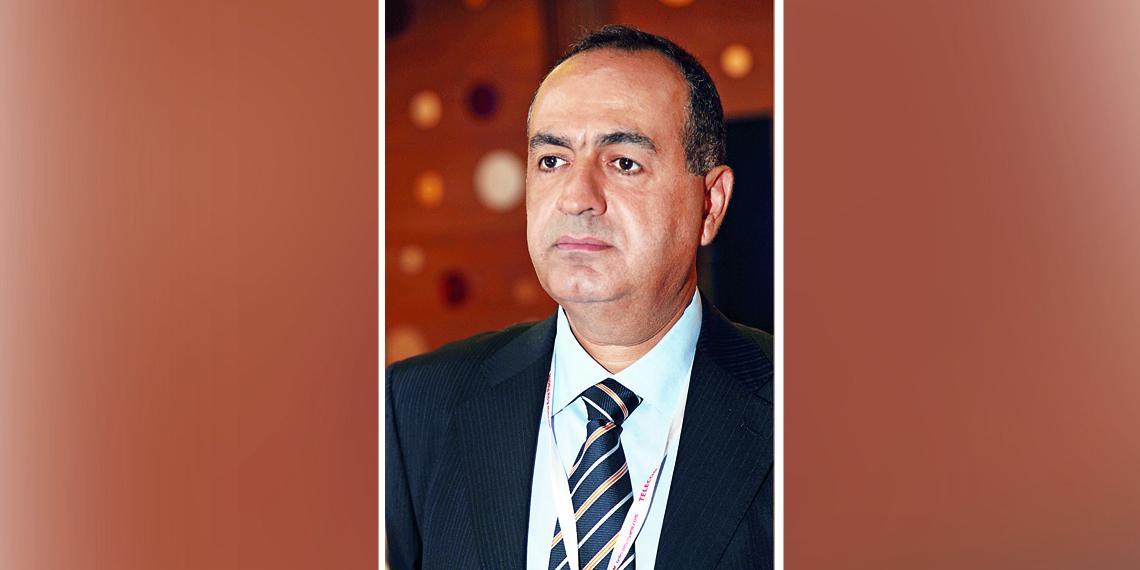November 14 to 17 marked the annual ITU forum in Bangkok, Thailand, preceded by the CTO meeting on November 13 as the ITU prepared for the seminars and workshops. Key topics were discussed at a meeting with 14 high-level ICT industry executives (CTOs), senior management of the ITU Telecommunication Standardization Sector (ITU-T) and the ITU Radio Communication Sector (ITU-R).
To set the new standardization of 5G, we need to define the purpose of 5G technology: what 5G will be used for, as there are unlimited possibilities for 5G. This will help to make the IOT work properly, the connected car be better under control, in addition to serve future smart cities or Quantum computing, etc.
5G will provide a minimum of 100 MBPS anytime, anywhere, regardless of the load on a network that can also serve 1.5 million users in just a small, 1 square kilometer. This has never happened before!
The very low latency of the 5G network makes it ideal for connecting/controlling self-driving cars and will be the best tool to boost the IOT and mobile services.
The final standardization of 5G will be out by 2018 and the commercial launch by 2020. This creates enough time to have the devices ready, 5G enabled and/or any other industry tools, noting that we already have the first 5G chipset called the FX50 from Qualcomm, which will change the way we look to mobility.
By 2018, the standardization will be out and tested with new devices, or at least tested in mega and smart societies that are fully connected and IOT-deployed.
